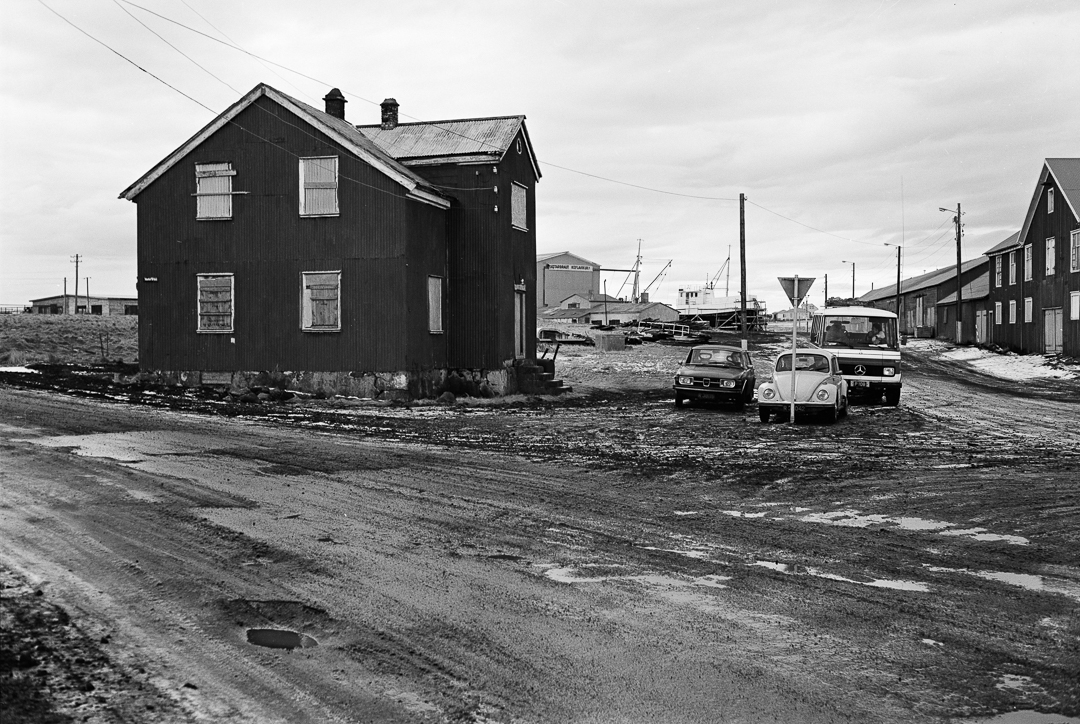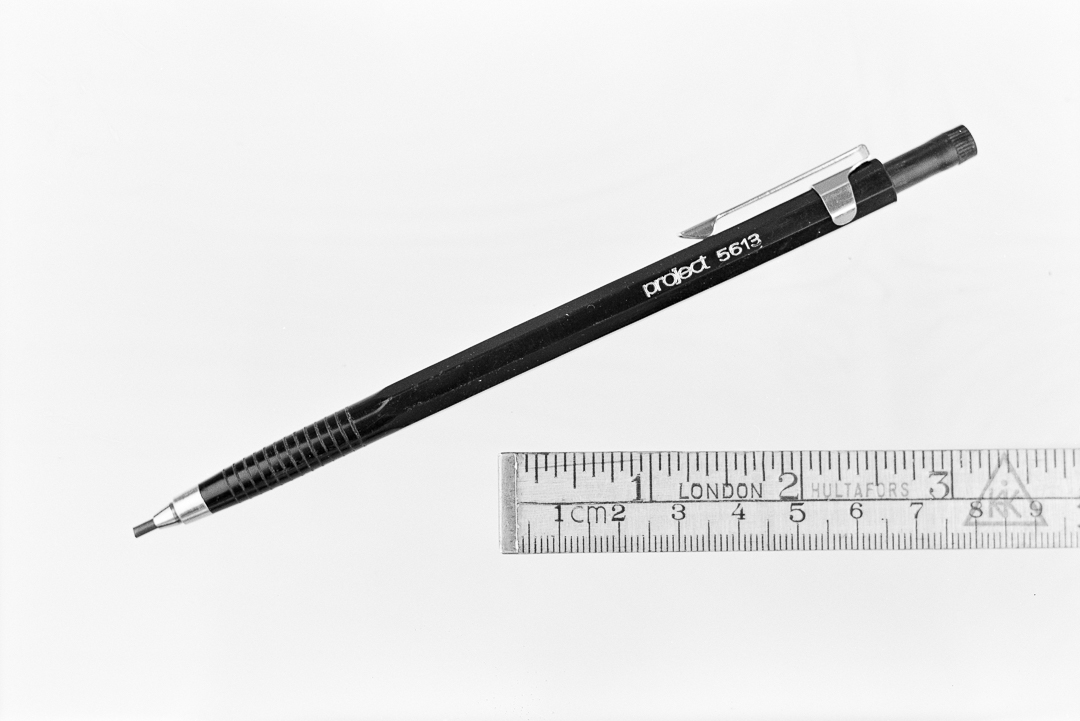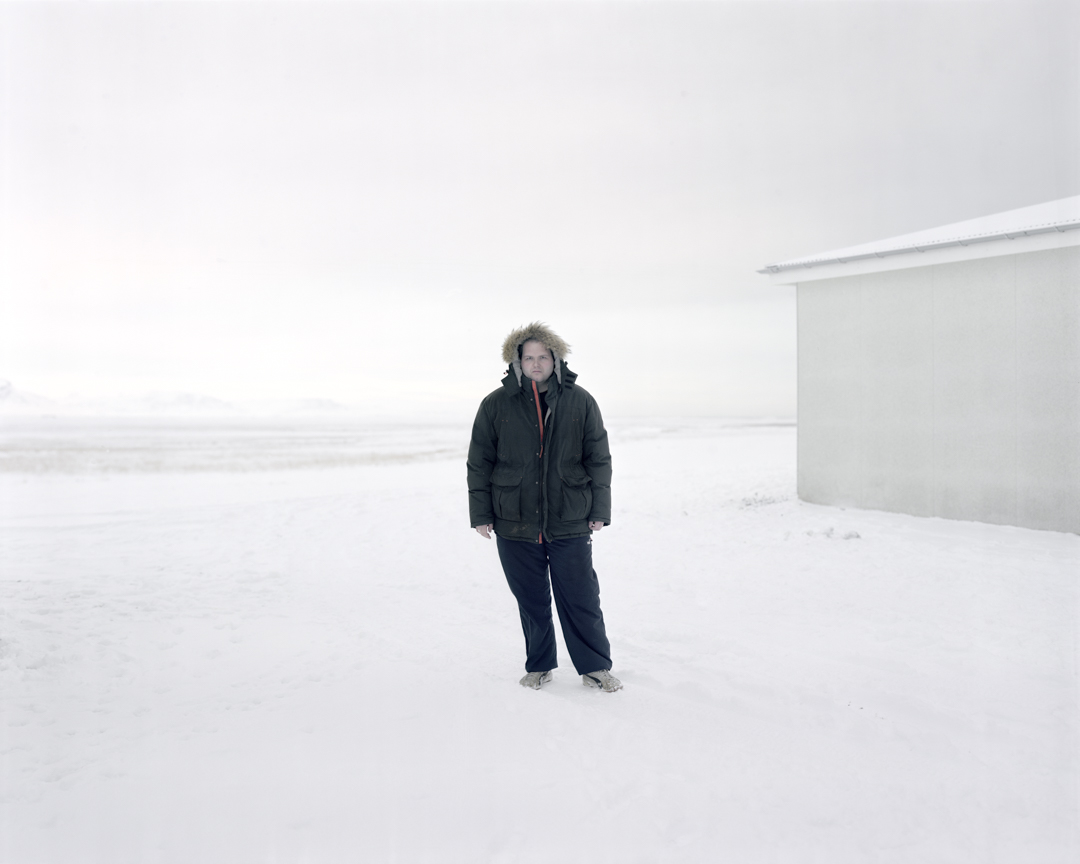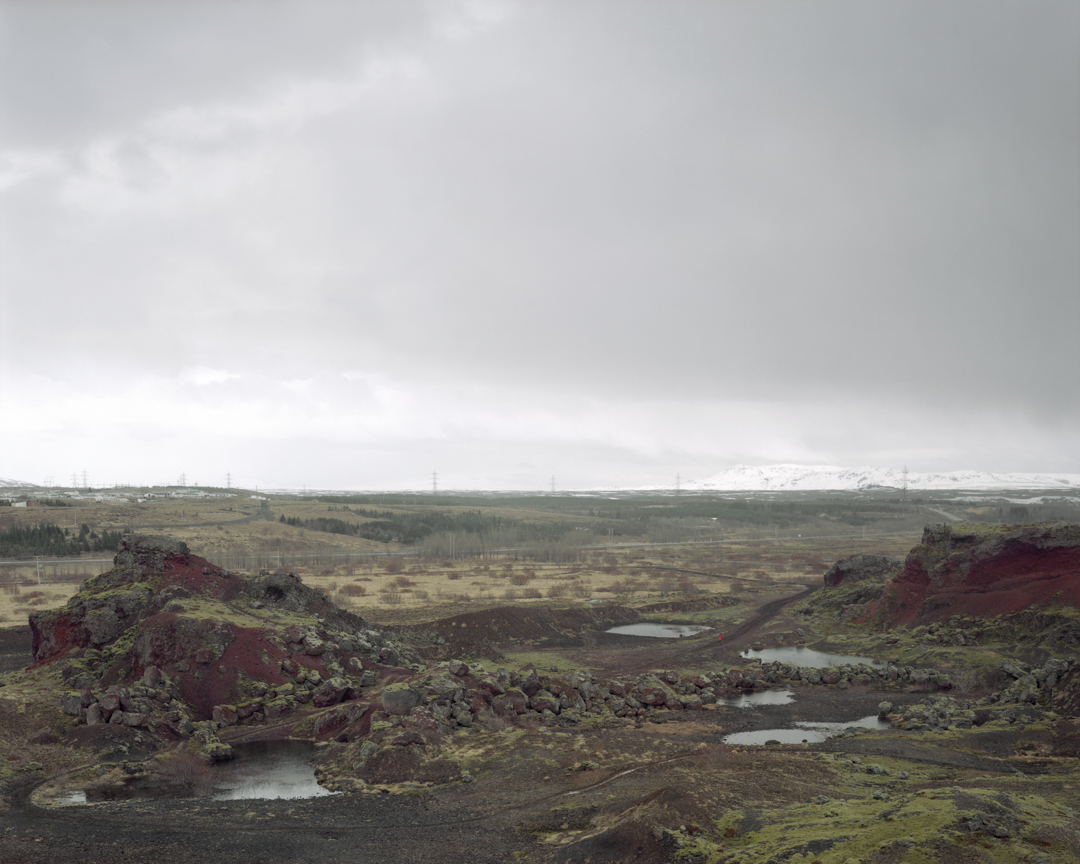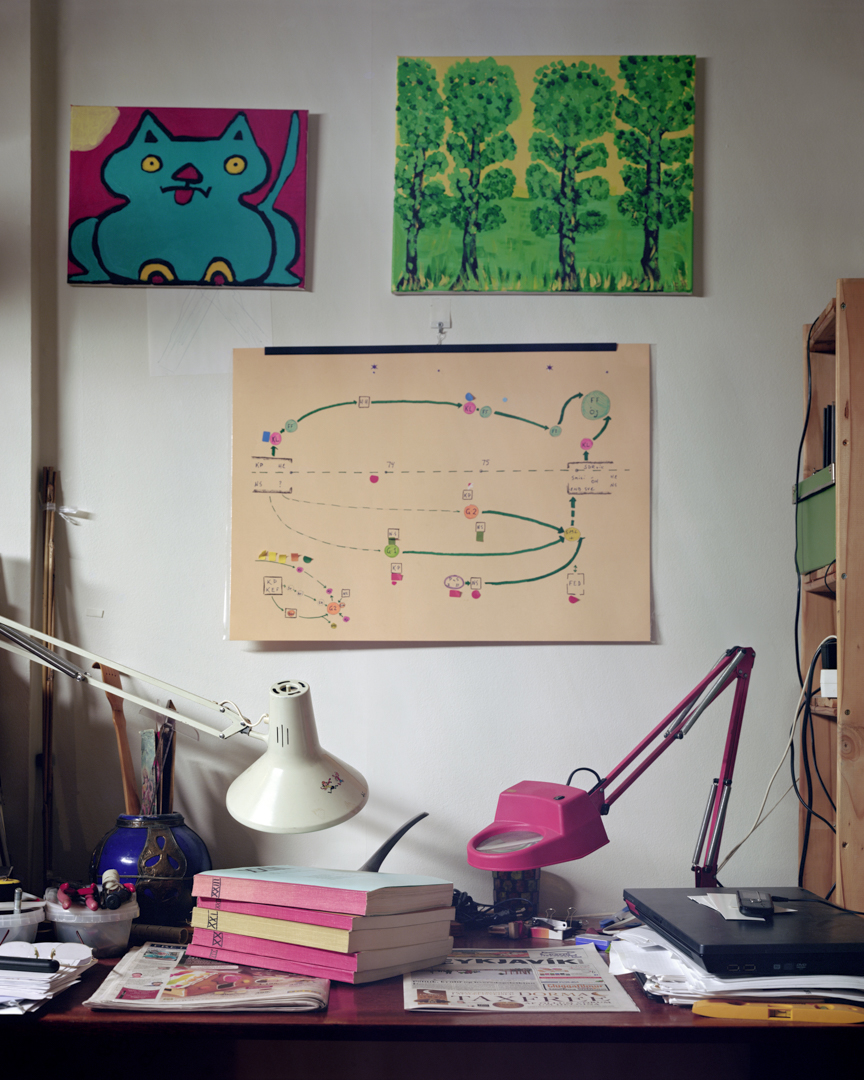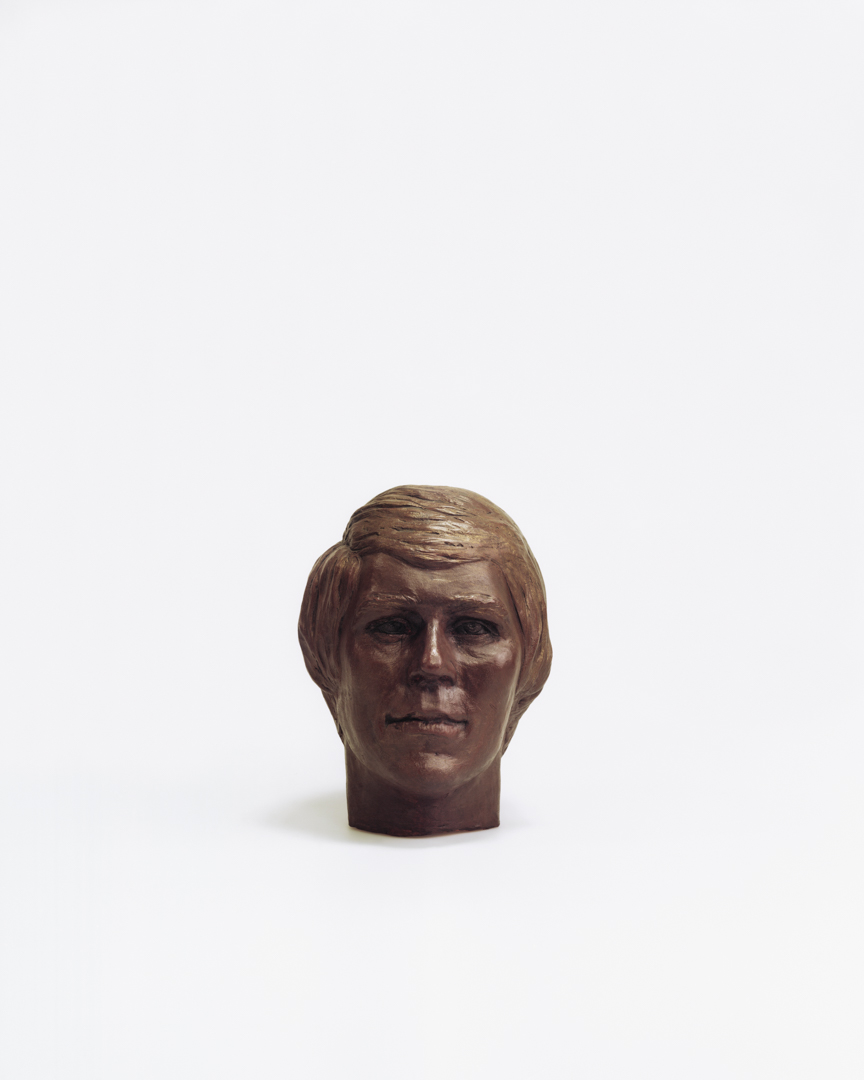Photographer, Jack Latham, speaks to us about his latest series and new publication 'Sugar Paper Theories'.
Photoworks: Thanks for taking the time to talk to us today. For anyone who isn’t aware, could you describe your background in photography and a little about your practice?
Jack Latham: I studied Documentary Photography at Newport University and graduated in 2012. I was relatively new to photography when I started the course and had no real understanding or knowledge of storytelling within images. It was only late into my second year that I started to develop a visual language that I felt was starting to convey narratives I wanted to tell. This has been something which I’m still continuing to expand on as my projects evolve. The more work I do the more I notice the threads that connect them. It seems a lot of my work is often grounded in History, or at least the History of a place, re-visiting areas of historical significance in the modern day. I’ve always been interested in how past events vibrate through to the present and it’s something that only looking back I’m beginning to notice. Which is odd because I hated History as a subject.

PW: Congratulations on the upcoming launch of your new book Sugar Paper Theories published by Here Press. The publication comes as part of winning the Bar Tur Photobook Award, a fantastic opportunity. What has your experience of winning the award been?
JL: I had started making Sugar Paper Theories a year previous to winning the Bar Tur award. The award came at a time where I was just starting to think about ways of outputting the project and it offered me the chance to work with a great publisher and to team up with The Photographers’ Gallery.

The work itself revisits an investigation that took place forty years ago in which two men went missing in southwest Iceland. The facts of their disappearances are scarce and often mundane. An 18-year-old set off from a nightclub, drunk, on a 10-kilometre walk home in the depths of Icelandic winter. Some months later, a family man failed to return from a meeting with a mysterious stranger. In another time or place, they might have been logged as missing persons and forgotten by all but family and friends. Instead, the Gudmundur and Geirfinnur case became the biggest and most controversial murder investigation in Icelandic history.

In the 1970s theories about the disappearances fixated on Iceland’s anxieties over smuggling, drugs and alcohol, and the corrupting influence of the outside world. The country’s highest levels of political power were drawn into the plot. But ultimately, a group of young people on the fringes of society became its key protagonists. All made confessions that led to convictions and prison sentences. Yet none could remember what happened on the nights in question.
I photographed the places and people that feature in various accounts of what happened to Gudmundur and Geirfinnur after they vanished and spent time with the surviving suspects, as well as whistle-blowers, conspiracy theorists, expert witnesses and bystanders to the case. I attempt to use photographs and material from the original police investigation files to stand in for memories real and constructed.

After being given the award I continued to shoot for the project through until July 2016, it enabled Ben and Harry from HERE to help me in structuring the work into something that works both as a book and a series of images. I’ve been working in collaboration with Gisli Gudjónsson, a former Reykjavik policeman and forensic psychologist whose expert testimony and theory of memory distrust syndrome helped free the Birmingham Six and Guildford Four – and are now central to the Gudmundor and Geirfinnur inquiry – who provides a written account of the case in the book.
PW: It sounds fascinating. This will be your second publication, after A Pink Flamingo. Were there any major differences in the processes between the two?
JL: A Pink Flamingo was a really important turning point for me in terms of how I develop and implement conceptual ideas into projects. It was really the first time I’d gone out with the idea of creating a substantially long body of work with the goal of creating a narrative about a place, I learnt a lot while making the work, not least the pitfalls of storytelling within photography but also the benefits of creating work that exists within that grey area of photographic representation.

While A Pink Flamingo loosely retraced the steps that Fur Traders made during the gold rush in America, Sugar Paper Theories is very much anchored to the areas where the crimes took place. The Oregon Trail Map was replaced with Police Case Files. The work itself is also an attempt to question photographic representation of truth, the idea of misinformation or misremembering in representation is the grey area I mentioned earlier. Although this time, instead of shying away from it like I did in A Pink Flamingo, I attempt to embrace it and use it as a storytelling tool.
PW: Your last publication included a self-produced lottery ticket, fold out map detailing your route and very considered use of graphics, particularly striking in the form of your end pages. What can we expect to see in your new book?
JL: With the award money, we were able to push the boat a bit further in terms of design. I’ve always been interested in photography projects being more of an experience than just visual, this was the reasoning behind the map and scratch cards in A Pink Flamingo. These references to the work, that aren’t just photographs, I feel add an immersive quality to the work and I find that really interesting vessel to lure people in.
With the design of Sugar Paper Theories we used multiple types of Sugar Paper, Photographic Paper, French Folds and it even has pull outs. The work itself is so multi-faceted and I had so much source material it didn’t seem right to have them all presented the same. The one thing Ben and I kept referring to the book during design concept, was that it should represent a Conspiracy Theorist’s Manifest.
The special edition of the book comes in a Police Evidence Box. It’s filled with case notes, Rock Samples, Prints (both mine and from the police archive), Newspaper Clippings and a stand-alone publication. It’s sealed closed with Tamper Proof tape.
PW: How do you feel the work communicates differently in book form, then as an exhibition?
JL: I’m currently creating the exhibition version of Sugar Paper Theories for The Guernsey Photography Festival which opens on the 9th of September. I’ve been locked in bookmaking mode for so long that thinking about it as a physical space is quite exciting and refreshing. It does bring its own set of challenges. Not least is how do you tell a complicated investigation with just prints on a wall? But by using the book as a loose framework, we are able to take bits from it that translate to and mix them with new ideas. I don’t want a carbon copy of the book as an exhibition. They are two separate beasts and should be treated as so. One of the things I’m quite keen on is exhibiting the actual case files, notes, and archive material, it will be interesting to see how the story communicates to viewers, but half of the fun in photography is problem-solving these things.

PW: What advice would you give to anyone looking to apply to awards to get their work recognised? Are you particular about what you apply to?
JL: There seems to be an awful lot of awards out there, some of which are shameless cash grabs and don’t really have the best interest of the people entering at heart. I tend to ignore most competitions these days but I always try to keep an eye out for who’s judging, if there is a photographer, curator or picture editor whose work I admire I’ll most likely enter.
Ultimately I think good work will always shine through and get recognition. I will say on rejection, don’t be disheartened, one of toughest things I find is keeping myself convinced I’m doing the right thing creatively. It’s not always so clear that you’re on the right path but if you believe in the work that is all that matters.
PW: Finally, what’s next for you?
JL: Sugar Paper Theories is launching in Guernsey Festival a few days after the book launch and is going on to be exhibited in the Reykjavik Photography Museum in 2017, so I’m currently in the process of crafting ideas for those shows. I’m also starting to get my head down to research my next body of work which I’m hoping to start sometime late next year. I’m also really looking forward to returning to help the team at Miniclick organise more photography events here in Brighton and continuing to build and grow my printing studio Divebar.
Sugar Paper Theories will be launched at The Photographers’ Gallery on September 6 at 6.30pm. To pre-order the book, click here.
For more information on the launch of Sugar Paper Theories and Jack’s work, click here.
For other Ideas on Talent interviews, click here.
